Areas of Emphasis
Connected to the Future Ready Framework
The following section links current successes (see executive summary) and identified areas of emphasis to the Future Ready Framework. The identified areas of emphasis are categorized as either 1) Acceleration Areas or 2) Growth Opportunity Areas.
Each Future Ready connected gear will include both categories of emphasis. The "acceleration" areas of emphasis, which are considered big wins, successes, and major milestones of the Kentucky Education Technology System are identified for continuation work. The growth opportunity areas identified below address emerging areas based on growth or decline metrics, research, needs assessments, and reporting by Kentucky school districts.
The areas of emphasis established through a strategic planning process are intended to highlight the groundbreaking progress made over KETS program history and continue placing major emphasis on this work as a primary goal. Additionally, this will help prevent duplicate initiatives, which create confusion, lost time, and initiative fatigue, while simultaneously focusing energy on growth opportunity areas in order to get better. These areas will drive a protective focus on education technology efforts during the life of this Master Plan to continue the delivery of quality, opportunity, and access to students and staff.
All the strategies represented through these areas of emphasis are unique and offer different perspectives on how to improve education technology in Kentucky. It is important to note that each of these areas is valuable in its own way and contributes to the overall goal of improving learning experiences empowered through technology in Kentucky. Area types are identified by the following symbols:


-
Acceleration Area: Big Wins, Successes & Continuation
-
Growth Opportunity Area: Improvement Targets for this Master Plan
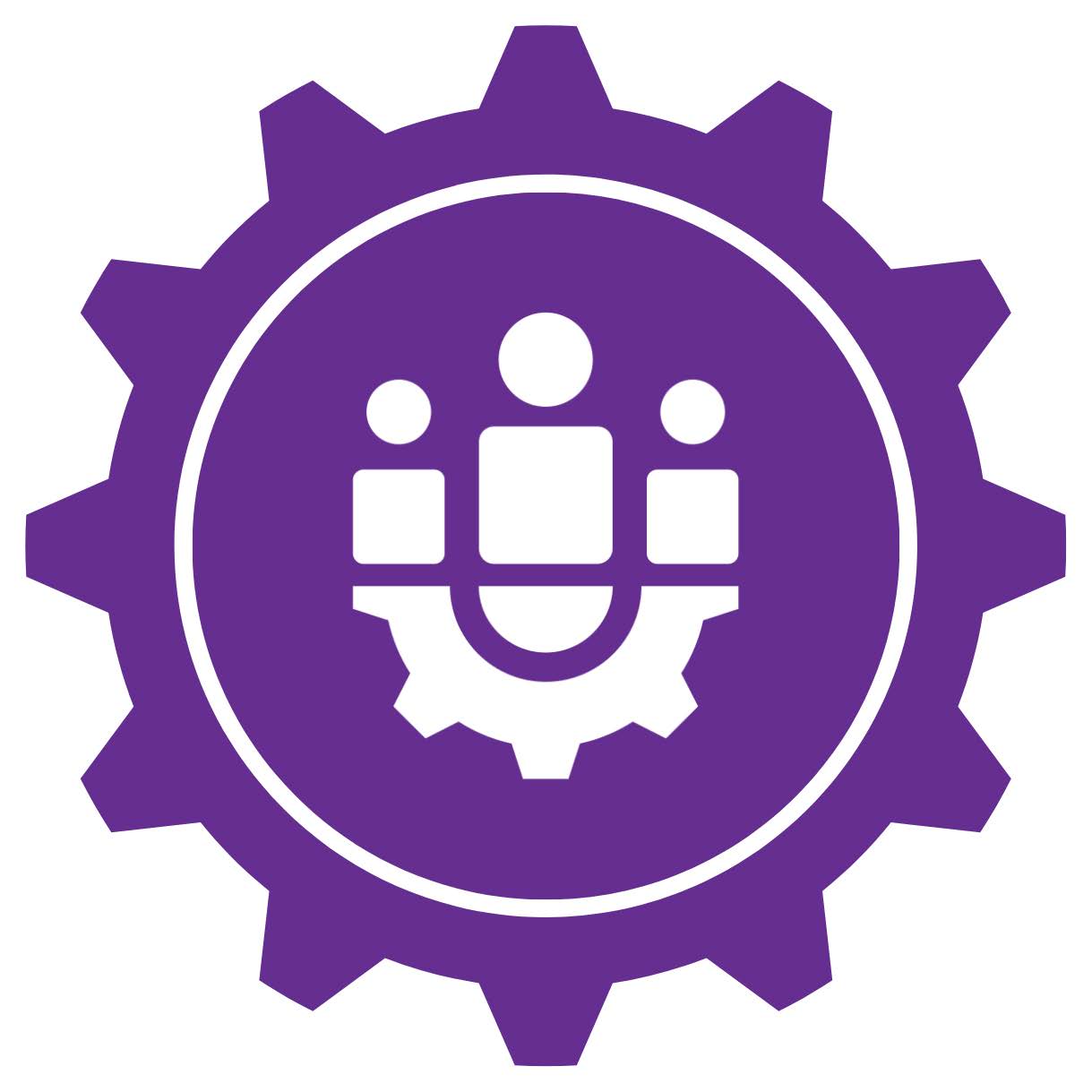
Collaborative Leadership
KETS GUIDING PRINCIPLE – Collaborative leadership creates a shared vision of digital teaching and learning, an environment of collaboration (where partners make stuff together), encourages embracing innovation and empowerment, and a culture of evidence-based systems and processes.
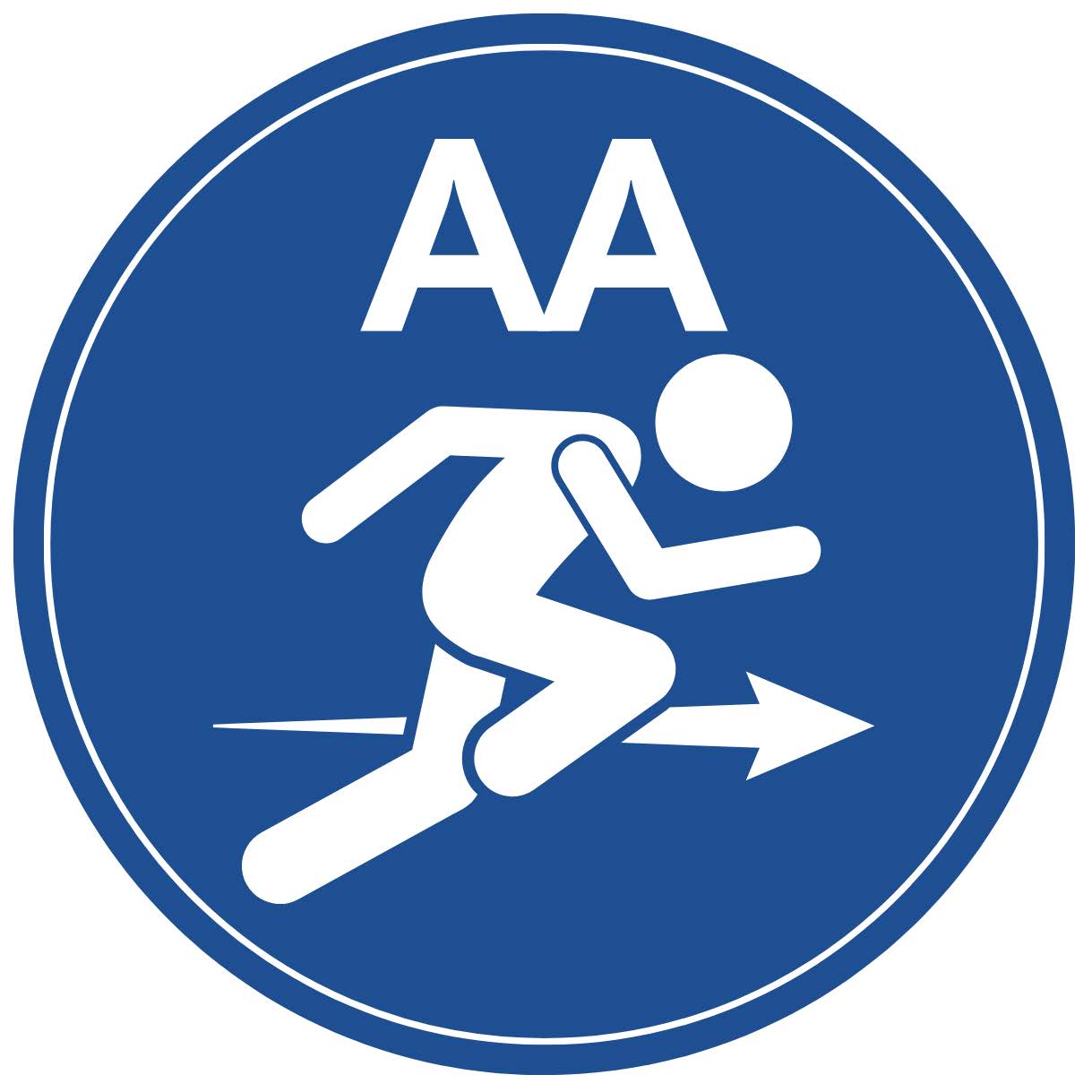
Continue to use structures providing opportunities for feedback from shareholders and evidence of how KETS systems and processes are working or not working (360 feedback, CIO Summit)

Continue the fostering of strategic partnerships and collaborations among educational institutions, technology companies, policymakers, and community organizations. Develop networks that facilitate knowledge exchange, collaborative research, and resource-sharing to promote innovation and address common challenges in education technology

Continue the recognition and support for the crucial role of teachers as leaders in educational technology integration. Provide professional learning opportunities and resources that enable teachers to develop expertise in leveraging technology to enhance instruction and student engagement

Improve collaboration among educators, technologists, administrators, and researchers to foster a holistic approach to education technology development, implementation, and evaluation. Encourage open channels of communication and provide platforms for sharing best practices, ideas, and resources across different disciplines and institutions
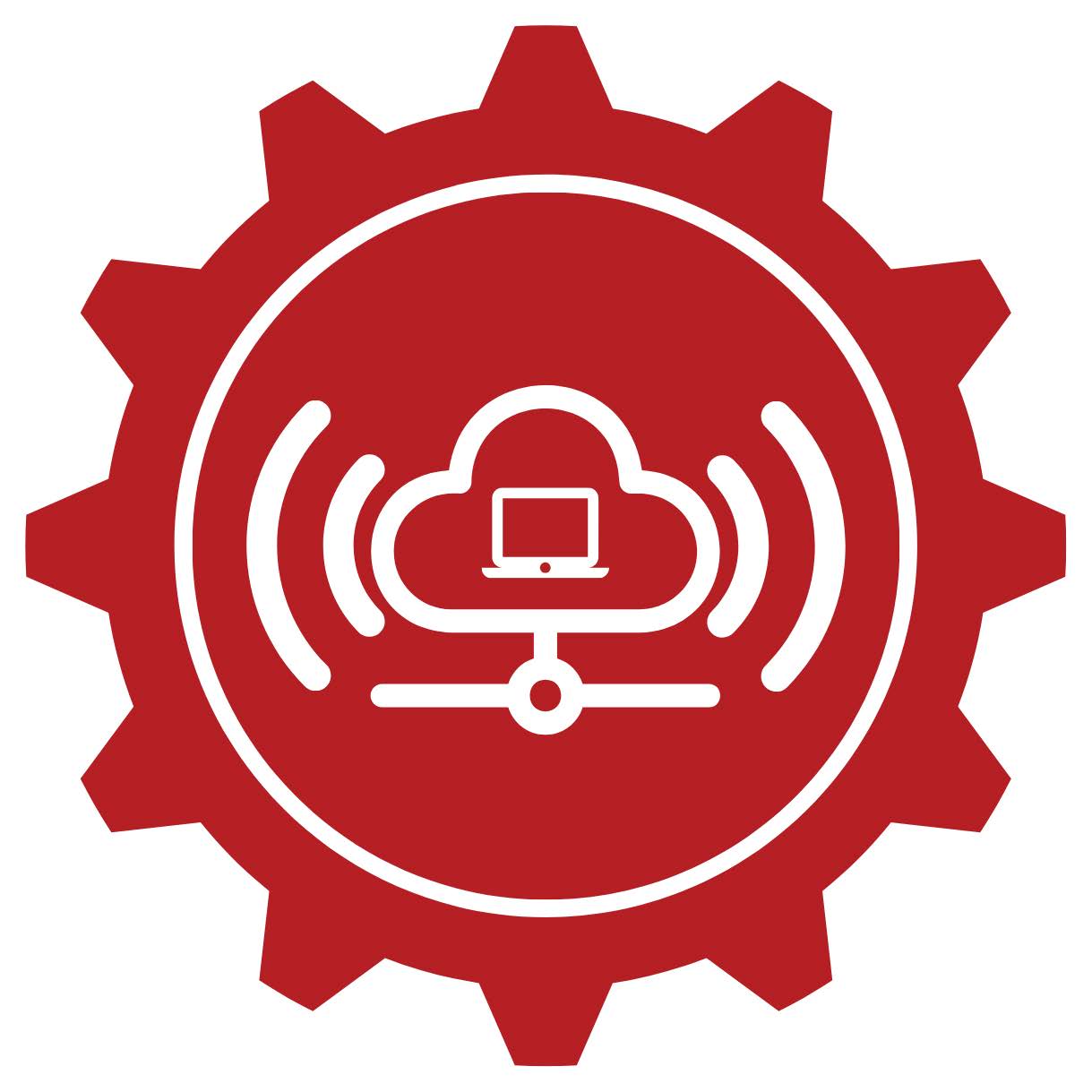
Robust Infrastructure & Ecosystem
Future Ready Gear
KETS GUIDING PRINCIPLE – A robust infrastructure delivers the device, identity, network, leadership, and support needs of staff and students to create personalized learning environments using digital tools and resources.

Continue
to provide the nation's first, fastest, highest quality, most reliable, and secure on-school campus Internet access to 100% of Kentucky's public schools

Continue
to ensure equity and standardization for delivery of device, network, data, and support creating best in class staff and student digital experiences AND provide a system of shared/brokered/managed services maintaining low infrastructure costs and providing support structures promoting the use of personalized learning environments

Continue
to provide digital equity and foster a culture of digital connectedness for students and staff by ensuring easy access to a 1:1 device assignment, prioritizing mobile devices over traditional computer labs, and providing consistent Wi-Fi coverage throughout schools. This approach emphasizes always-on, everywhere seamless digital opportunity and access, and includes an emphasis on empowering schools/districts to have a full understanding of digital access beyond the campus

Continue
to encourage the use of instructional programs and administrative processes requiring cloud-based services

Continue
to implement efficient and effective interoperability strategies with statewide, districts and school EdTech systems and platforms (including integrations and seamless data exchange). Interoperability strategies aim to enhance user experiences and drive administrative efficiencies with education technologies.
 Improve
responsive EdTech support systems by securing a leadership position designed to make decisions to improve teaching and learning through technology integration. This role outlines the district's vision for education technology, implements digital learning strategies, and ensures that technology resources align with students' learning needs. Responsibilities and expectations are primarily focused on understanding the educational needs and challenges of the district with a “seat at the table." Responsibilities would likely include influencing district-level budget conversations, leading planning efforts, research, procuring state and federal program funding, and establishing overall direction and vision of using technology for school efficiencies and instruction/learning
Improve
responsive EdTech support systems by securing a leadership position designed to make decisions to improve teaching and learning through technology integration. This role outlines the district's vision for education technology, implements digital learning strategies, and ensures that technology resources align with students' learning needs. Responsibilities and expectations are primarily focused on understanding the educational needs and challenges of the district with a “seat at the table." Responsibilities would likely include influencing district-level budget conversations, leading planning efforts, research, procuring state and federal program funding, and establishing overall direction and vision of using technology for school efficiencies and instruction/learning
 Improve
formal cycles for review, refresh, and replacement - ensure upgrades, additions, and when called for, sunsetting/eliminations in a timely, environmentally responsible and proactive manner of devices, infrastructure, and digital tools and resources. Where possible, teams make concerted efforts to automate systems to drive effectiveness and efficiency. (This is also connected to budget gear.)
Improve
formal cycles for review, refresh, and replacement - ensure upgrades, additions, and when called for, sunsetting/eliminations in a timely, environmentally responsible and proactive manner of devices, infrastructure, and digital tools and resources. Where possible, teams make concerted efforts to automate systems to drive effectiveness and efficiency. (This is also connected to budget gear.)
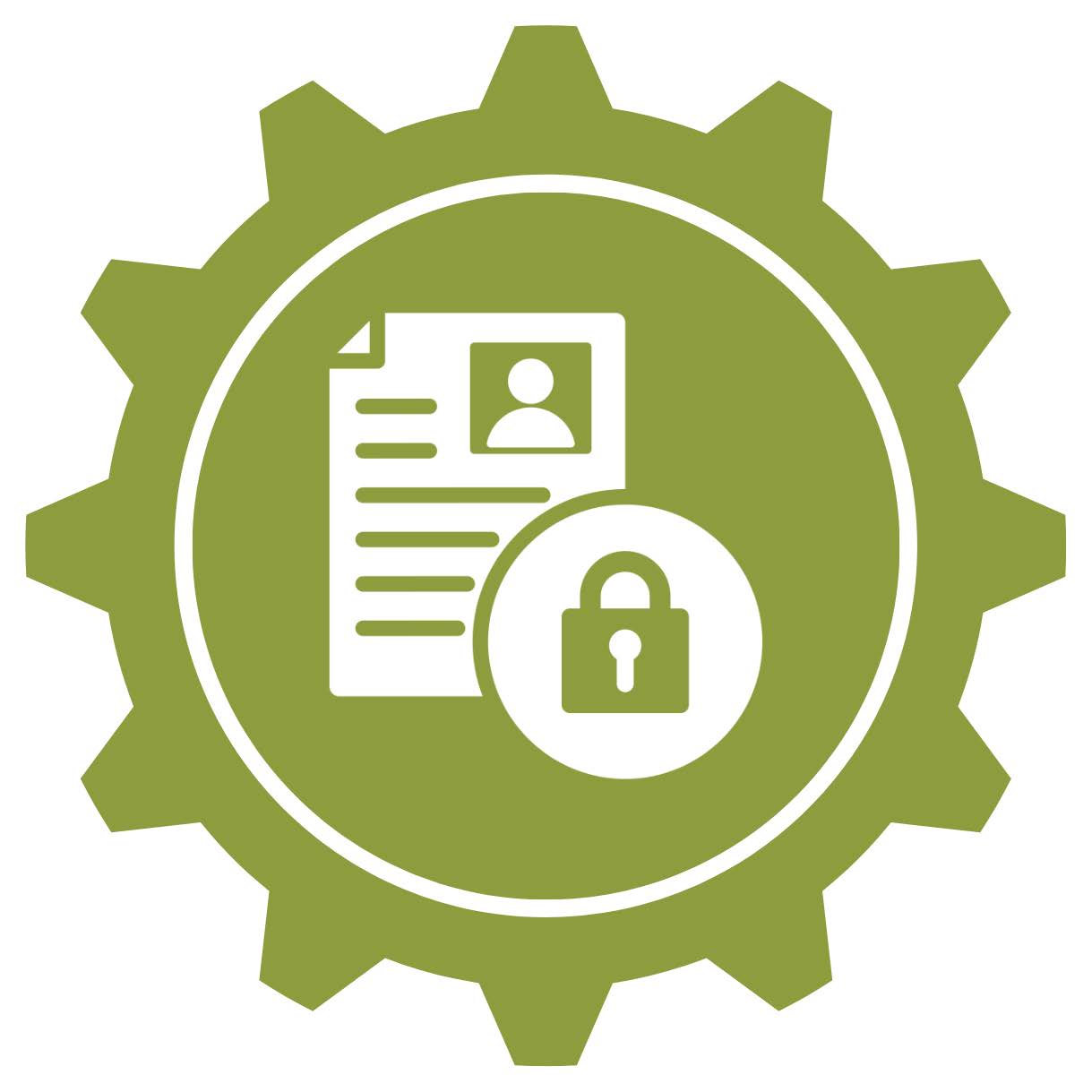
Data Security, Safety, Privacy & Use
Future Ready Gear
KETS GUIDING PRINCIPLE – Strategic use of student data is a cornerstone of digital learning and must be done securely, safely, and with a focus on maintaining privacy. Laws, policies, and procedures are enacted at the federal, state, district, and school levels that work in conjunction for this purpose. Student data are then utilized by security-aware, data-fluent, and data-informed educators for improved decision-making leading to increased learning for students.

Continue
to support districts in securely accessing and managing key student and administrative data sets through improved user experiences, refined data collection processes, continuously updated policies and practices regarding student data security, and timely access to data sets that improve the depth and efficiency of student learning (Infinite Campus, Early Warning, MUNIS, eTranscripts, School Report Card).

Continue
to identify key aspects of data security regularly to build upon the current systems, procedures, and policies to remain a leader in mitigating emerging threats.
(acceptable use policies, firewall updates, data privacy studies, digital citizenship, content filtering)

Continue
to utilize adoption metrics or trending data for planning purposes that allow EdTech and instructional leaders to identify what's working and what's not working based on data quality and evaluate current systems and solutions to determine the effectiveness and future direction.
(annual auditors, Impact Survey, Technology Activity Report, Digital Readiness, Data Quality Study, Data Quality Campaign, BrightBytes, SpeakUp) [Appendix A] [Appendix B]

Continue to migrate key administrative and student services and data sets to secure cloud providers that allow everywhere, all-the-time secure access for the improvement of student learning.
(Infinite Campus, Early Warning, School Report Card, MUNIS) [Appendix A]

Educate and support districts in the importance of personnel with duties related to student/staff data quality, security, and privacy as well as bringing data privacy to the “radar screen" of teachers/staff. (The People Side of EdTech) [Appendix A]

Budget & Resources
Future Ready Gear
KETS GUIDING PRINCIPLE – The Master Plan, as well as district and school technology plans, are aligned to the vision for digital teaching and learning for students and staff. Revenue streams are aligned to account for the recurring and nonrecurring total cost of ownership to support the modernized and personalized learning experiences (and environment) in a manner that reflects good stewardship of tax dollars to include devices, infrastructure, support, data, and human capital services (i.e. The People Side of EdTech).

Continue to maximize local and state education technology expenditures through a system of shared/brokered/managed services

Continue
to use long-term planning strategies that allow for continuity of initiatives and systems
(e.g., accounting for cost of ownership over the lifespan equipment so monies are allocated for repairs/upgrades)

Continue
to leverage all available state and federal funding opportunities to address required basic cost of living increases, previous budget cuts of basic services, projected growth by districts (e.g., Internet consumption) while maximizing education technology programs and initiatives
(Technology Need, E-rate)

Educate districts on the ongoing cost of positions/roles requiring technology-related duties in support of technology and instruction as well as modern drivers that require differentiated and strategic staffing models
(The People Side of K-12 EdTech)

Educate districts on how to reduce expenditures on printing/print services
(both in consolidated contract pricing as well as shifting from paper to digital experiences)

Evaluate the need and explore new contracts that drive costs down for statewide summative online assessment, learning management systems, printing services & interim based assessments

Partnerships
Future Ready Gear
KETS GUIDING PRINCIPLE – Connecting students, leaders and educators to the local and global community is a key factor to student success. The Master Plan will continue to provide opportunities for trusted relationships to build those connections as well as increase communication and transparency with shareholders, including families, districts, vendors, regional education collaboratives, postsecondary institutions, and public libraries and business/industry, in support of student learning and preparation beyond K-12.

Continue
to build trusted relationships with shareholders (families, districts, partners) to increase engagement, outreach, and connecting classroom experiences outside of the school. (districts, vendors, higher education, regional education cooperatives, KET, KyVL)

Continue to utilize avenues of communication with shareholders allowing pertinent information and dialog to further student learning efforts. (Webcasts, Technology Activity Report, KETS Service Desk, Office of Education Accountability studies, independent studies, etc.)

Continue
to utilize tools engaging postsecondary institutions, community members, districts, and families in student learning and life after K-12. (eTranscripts, School Report Card & Dashboard tool, Infinite Campus parent & student portal, KDE Open House, Digital Readiness Survey)

Partner
with postsecondary pre-service teacher and principal programs to provide support in candidate preparation, especially in regard to student project-based demonstrations of technology competencies; get more students on college/university campuses while they are a K-12 student. Encourage postsecondary institutions (as well as other partners) to host
STLP events and/or more fully maximize the opportunity to showcase the university and its programs while students are on campus

Improve access to resources and professional learning for district-based online/virtual and remote learning programs to engage in continuous improvement in order to create high-quality online learning experiences for students
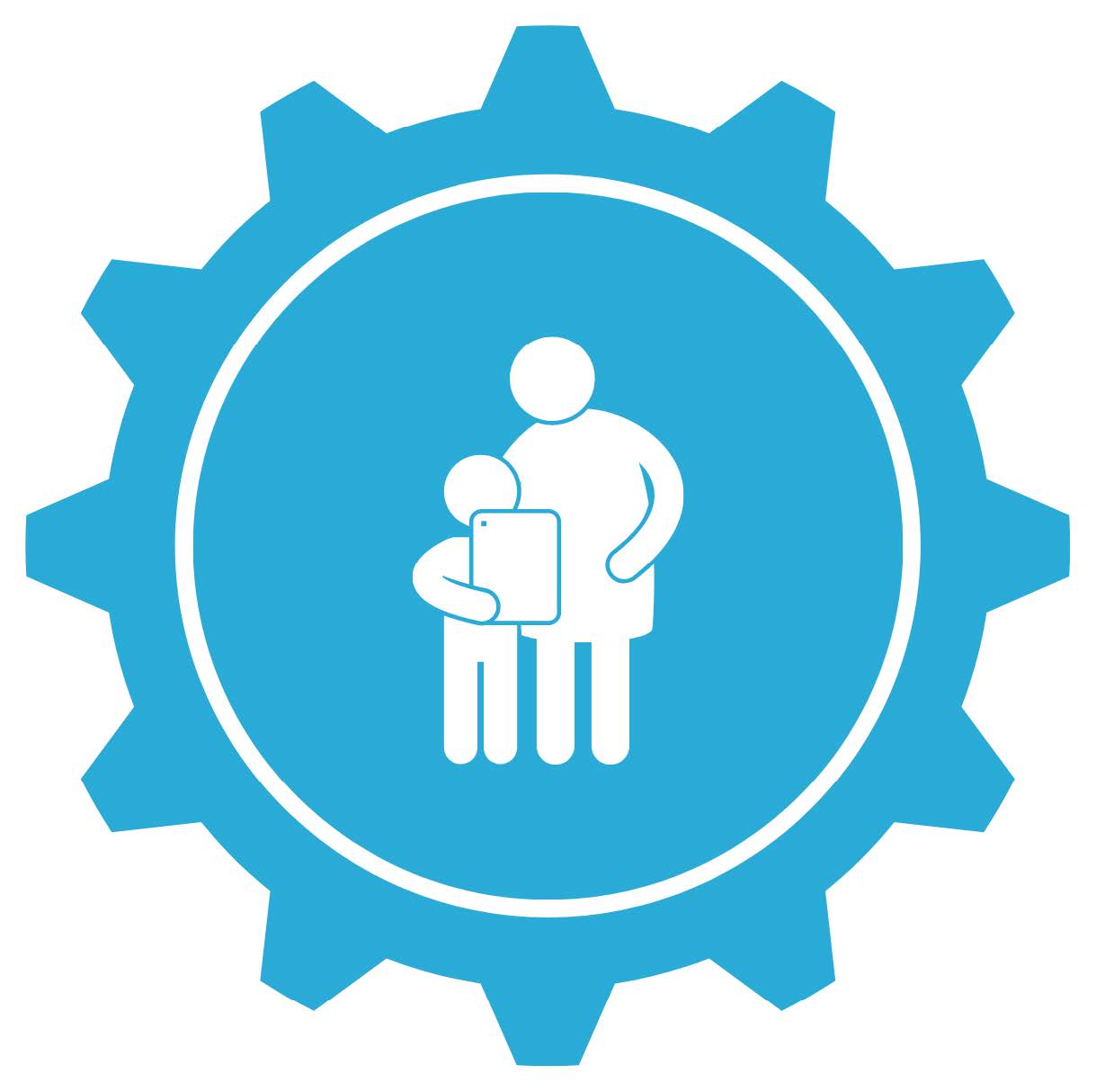
Digital Learning, Curriculum, Instruction & Assessment
Future Ready Gear
KETS GUIDING PRINCIPLE – A digital learning experience is fostered by a teacher or coach with the use of rich digital instructional materials that are vetted to the rigor of Kentucky Academic Standards (KAS). A robust digital environment provides students with the opportunity to assess their own learning/progress toward mastery of content/skills or utilize instructional technology to provide timely feedback that moves learning forward. Digital curriculum and instruction can also provide students the opportunity to create digital products showcasing a deep understanding of core competencies of every subject, demonstrating mastery of Kentucky Academic Standards for Technology, and utilizing digital collaboration tools that provide a realistic connection to postsecondary and career readiness.

Continue
to provide access to high-quality learning experiences which further align with the Kentucky Digital Learning
Guidelines

Continue
to promote, for ALL students, the use of Kentucky-approved/ adopted KAS for Technology, KAS for Computer Sciences, and KAS for Library Media Learning (all-based on national and international learner standards)

Continue to provide opportunities for students to demonstrate learning connected to and through Kentucky Academic Standards (KAS) for Technology, KAS for Computer Sciences, and KAS for Library Media (empowering students through technology with
STLP, CS/IT Academy, etc.)

Continue
to provide efficient and effective access to online assessment tools that allow teachers and administrators to assess student learning, provide timely feedback to students, and make curriculum decisions. (online formative assessment tools, interim-based assessments, and summative assessments)

Continue to provide districts/classrooms access to high-quality and effective digital instructional materials through an equitable and robust digital experience

Continue to support teacher efforts in taking ownership of digital citizenship skills and educating their students in the same skills to foster a responsible, safe, secure, and empowered digital learning environment

Continue to play a vital role in implementation of summative online assessment and school report card

Continue to Create a closer connection with Career and Technical Education to expand computer science career pathway offerings specifically related to computer programming/coding and increase valuable industry-level certifications and exams available through the CS & IT Academy

Identify high-quality digital content and tools (curriculum, instruction and assessment) designed to have the highest impact and value (e.g. Is the technology making or not making an instructional and learning difference?), including frequency of use by teachers and students

Encourage, engage and empower the safe, secure and responsible uses of Artificial Intelligence (AI) into school efficiency and the learning space by teachers and students (ensuring humans remain in the loop with strong AI implementations)
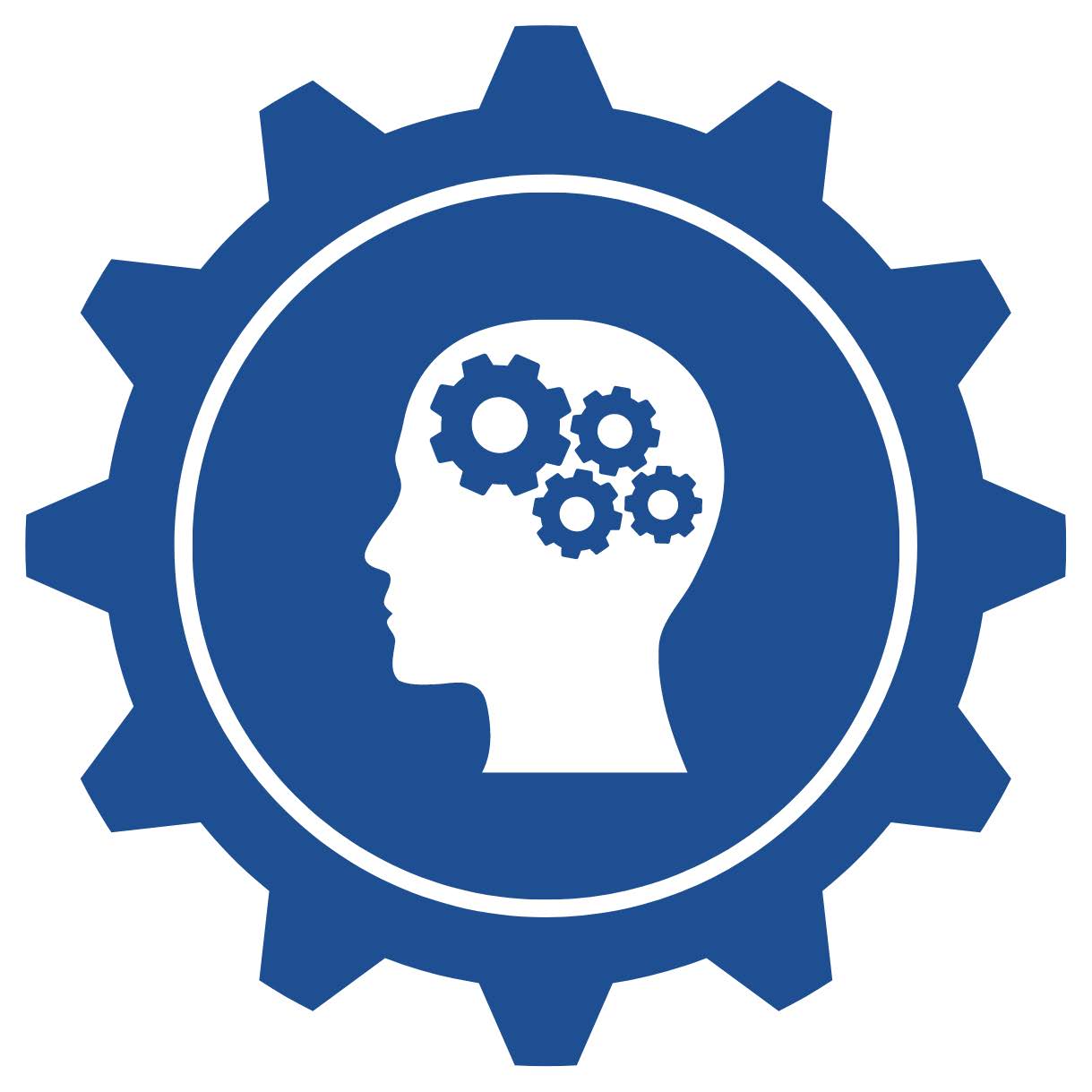
Personalized Professional Learning
Future Ready Gear
KETS GUIDING PRINCIPLE – Digital learning expands the access to quality strategies and experiences for educators beyond the traditional methods of professional development. A culture of digital collaboration, workflow, and relationships allows educators to build skill sets and instructional best practices with colleagues globally. This approach of increased access and flexibility for professional learning ultimately leads to greater success for students.

Continue
to build a culture of digital collaboration and connected digital relationships that allow administrators to support and encourage the use of digital tools by staff for professional learning ely leads to greater success for students.

Continue
to promote and support the design and implementation of coaching models as a high-quality professional learning strategy (digital learning coach network,
STLP coach network, etc.)

Provide districts with guidance and support to determine the learning needs of teachers resulting in high-quality professional learning opportunities related to digital curriculum and learning tools

Use of Space & Time
Future Ready Gear
KETS GUIDING PRINCIPLE – The personalized learning environment for students requires reimagining the use of school space and time. Virtual instruction, cloud-based learning tools, digital instructional material, digital collaboration, digital workflows, digital efficiencies, and digital relationships, etc., assist in providing the vehicle for everywhere, all-the-time teaching and learning.

Continue
to provide guidance, support, and resources for districts in the development and application of high-quality online, virtual, and remote learning programs as well as the implementation of learning management systems

Educate and support districts in the implementation and facilitation of digital learning tools and portable/mobile technologies that foster everywhere, all-the-time, always on, and 'always on you' access for staff and students
Contents
-
Technology Planning <
Master Plan Areas of Emphasis
>
Projected Costs